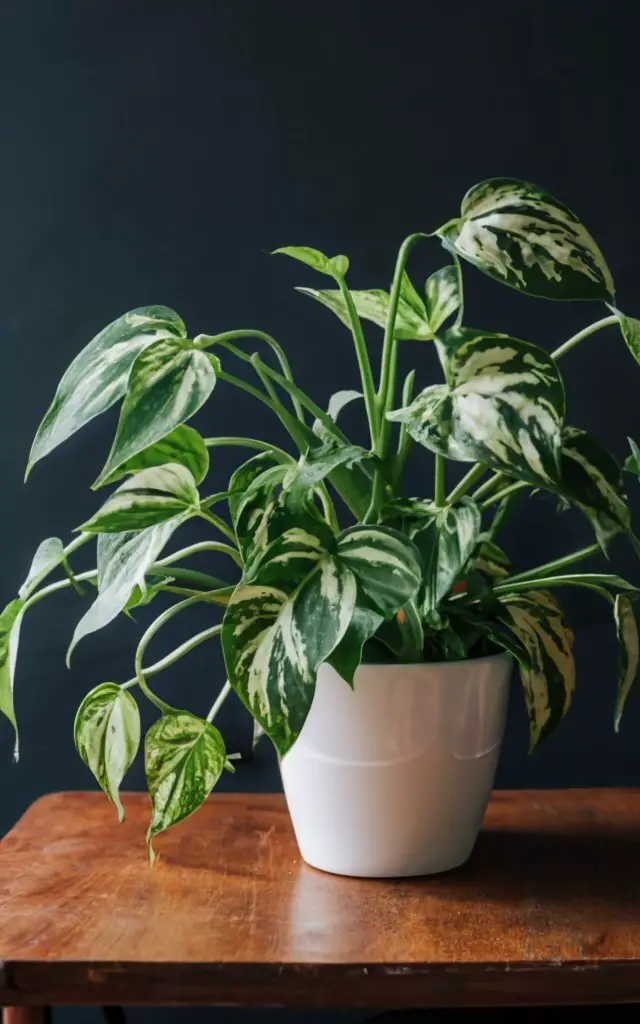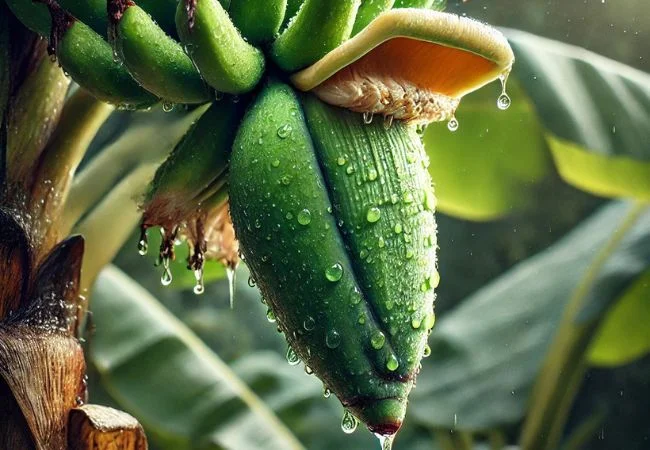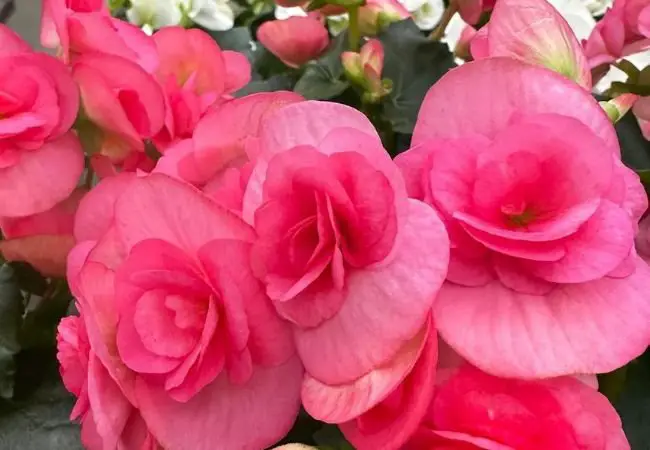Discover the best fertilizers for pothos and learn how to properly nourish your plants. Tips on when, how and what to use for healthy, thriving pothos.

Hey there, plant lovers! I’m Ashley Scott, and with 10 years of gardening experience under my belt, I’ve learned a thing or two about keeping houseplants happy—especially my trusty pothos. If you’ve ever wondered why your pothos isn’t as lush or vibrant as it could be, the answer might lie in fertilizing pothos plants. In this guide, I’ll walk you through everything you need to know to give your pothos the nutrient boost it deserves. From choosing the best fertilizer for pothos to whipping up homemade fertilizer for pothos, I’ve got you covered with tips from my own green journey.
Pothos plants are famously low-maintenance, but a little fertilizer can take them from surviving to thriving. Whether you’re growing them in soil or water, indoors or out, this article is packed with practical advice for gardeners across the USA. Let’s dive in and get those vines growing!
Understanding Pothos Nutrient Needs
Pothos, often called devil’s ivy, are a staple in homes across the USA. With their heart-shaped leaves and trailing vines, they’re as beautiful as they are tough. I’ve got pothos cascading over shelves and climbing up trellises—they’re versatile! They can handle low light, irregular watering, and even a bit of neglect, making them perfect for beginners and seasoned gardeners alike.
But here’s the thing: while pothos can survive with minimal care, they need nutrients to really shine. That’s where fertilizing pothos plants comes in. Think of it as giving your plant a little pep talk—it’ll reward you with faster growth and brighter leaves. Want more basics? Check out my Pothos Plant Care Tips on USA Garden Hub.
Why Fertilize Pothos Plants?
“Do you need to fertilize pothos?” I get this question a lot, and my answer is a resounding yes! Sure, pothos can limp along without fertilizer, but they won’t reach their full potential. Here’s why it matters:
- Faster Growth: Nutrients fuel new vines and leaves.
- Vivid Color: A well-fed pothos boasts that lush, green glow.
- Healthy Roots: Fertilizer prevents nutrient deficiencies that can weaken the plant.
I’ll never forget my first pothos—it was a sad, leggy thing until I started fertilizing pothos plants regularly. Within weeks, it was sprouting new growth like crazy. It’s amazing what a little TLC can do!
When Should I Fertilize My Pothos?
Timing is key when fertilizing pothos plants. You don’t want to overdo it or feed them when they’re napping. Here’s my rule of thumb:
- Spring & Summer: This is the growing season, so fertilize every 4-6 weeks. Your pothos is hungry for nutrients now!
- Fall & Winter: Growth slows down, so cut back to every 8-10 weeks—or skip it entirely if your plant looks content.
If your pothos lives in a dim corner (like mine did in my old apartment), it might grow slower, so adjust accordingly. Watch your plant—it’ll tell you what it needs.
Choosing the Best Fertilizer for Pothos
So, what fertilizer is best for pothos? It’s all about balance. Pothos love a fertilizer with an even pothos fertilizer NPK ratio—think nitrogen (N), phosphorus (P), and potassium (K). Here’s what works:
- Balanced NPK: A 10-10-10 or 20-20-20 is ideal. These numbers show equal parts of each nutrient.
- Liquid Fertilizer: My go-to! It’s easy to dilute and apply.
- Granular Fertilizer: Slower-release, but still effective if you prefer less frequent feeding.
For golden pothos fertilizer or other varieties, the same rules apply. I’ve used a generic houseplant fertilizer from Purdue Extension’s recommended list with great results. If you’re growing pothos and philodendron, this ratio works for both!
How to Fertilize Pothos Plants: Step-by-Step
Ready to get hands-on? How to fertilize pothos is simpler than you think. Here’s my process:
- Dilute the Fertilizer: Mix it with water as per the label—usually half-strength for pothos.
- Apply to Soil: Pour it evenly around the base, avoiding the leaves.
- Water It In: Give the soil a good soak to spread those nutrients.
I stick to this routine every month in summer, and my pothos practically glows. Less is more—overdoing it can harm your plant, so start light if you’re unsure.
Homemade Fertilizer for Pothos: Natural Options
Love a DIY fix? Homemade fertilizer for pothos is fun, eco-friendly, and wallet-friendly. Here are my favorites:
- Compost Tea: Steep compost in water for 2-3 days, strain, and water your pothos. It’s nutrient-packed!
- Banana Peel Water: Soak peels for a few days for a potassium boost.
- Coffee Grounds: Sprinkle lightly on soil for nitrogen—just don’t overdo it, or the soil gets too acidic.
I once used coffee grounds on a whim, and my pothos perked up in days! For more ideas, see this organic fertilizer guide from the University of Minnesota.
Fertilizing Pothos Plants in Water
Growing pothos in water? You still need to fertilize! I’ve got a cutting that’s been thriving in a vase for over a year. Here’s how:
- Best Fertilizer for Pothos in Water: Liquid fertilizer, diluted to half strength.
- Frequency: Add a few drops every 4-6 weeks in spring and summer.
Change the water every couple of weeks to keep it fresh, and your pothos will stay happy. It’s a low-effort way to enjoy those trailing vines!
Common Mistakes to Avoid When Fertilizing Pothos
Even I’ve messed up fertilizing pothos plants before! Here’s what to watch out for:
- Over-Fertilizing: Too much can burn roots—stick to the recommended dose.
- Wrong Fertilizer: Skip high-nitrogen blends; they make leaves grow too fast without balance.
- Fertilizing in Winter: Your pothos is resting, so hold off.
Once, I over-fertilized and ended up with crispy brown leaves. Lesson learned: moderation is key!
FAQs About Fertilizing Pothos Plants
Got questions? I’ve got answers! Here are the top ones I hear:
- Do you need to fertilize pothos?
Yes, for optimal growth and health—though they can survive without it. - When should I fertilize my pothos?
Every 4-6 weeks in spring and summer, less in fall and winter. - What fertilizer is good for pothos?
A balanced 10-10-10 or 20-20-20 works wonders. - Can I use natural fertilizer for pothos?
Absolutely! Compost tea or banana water are great options. - How do I fertilize pothos indoors?
Same as outdoors—dilute fertilizer and apply to soil or water.
For more, see this pothos fertilizer guide.
Conclusion: Keep Your Pothos Thriving
Fertilizing pothos plants doesn’t have to be tricky. With the right timing, a balanced fertilizer (or a homemade mix), and a bit of care, your pothos will reward you with lush, healthy growth. I’ve seen it firsthand—my plants went from meh to magnificent with just a little effort.
Want more? Explore my Best Houseplants for Beginners guide on USA Garden Hub, or dig into this houseplant care resource from Missouri Botanical Garden. Happy gardening!







2 Comments on “Fertilizing Pothos Plants: A Complete Guide for Lush, Healthy Growth”